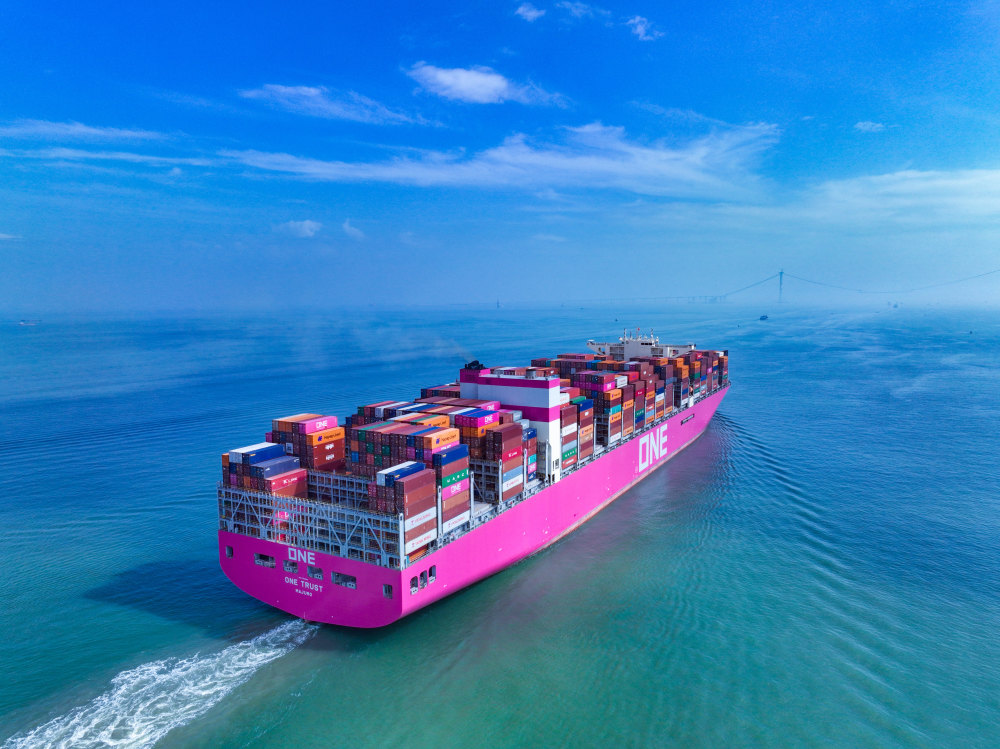Choosing customs-friendly suppliers in China is critical for minimizing delays, avoiding penalties, and ensuring smooth cross-border trade. Whether you’re importing electronics, textiles, or machinery, understanding how to choose customs-friendly suppliers in China helps you navigate complex regulations, streamline documentation, and build reliable supply chains. This guide outlines essential criteria to evaluate suppliers for customs compliance.
1. Verify Regulatory Compliance Expertise
Check Certification Competency
- Prioritize suppliers with ISO 9001 and industry-specific certifications (e.g., SGS for electronics, FSC for wooden products).
- Red Flag: Suppliers unable to provide HS code classification examples (e.g., misclassifying “power banks” as HS 8507 instead of HS 8517).
Understand Destination Regulations
- Ask suppliers: “Do you have experience with EU CE marking or U.S. FDA requirements?”
- Example: A supplier exporting to South Africa should know SABS certification processes for medical supplies.
2. Assess Documentation Capabilities
Review Paperwork Accuracy
- Request samples of past commercial invoices, packing lists, and certificates of origin.
- Key Check: Ensure HS codes in documents match destination country tariff databases (e.g., SARS for South Africa, USITC for the U.S.).
Evaluate Pre-Shipment Preparation
- Suppliers should proactively request buyer details (e.g., VAT number, import license) and offer to handle customs declarations.
- Tip: Suppliers using digital platforms like Alibaba’s Trade Assurance often have streamlined documentation workflows.
3. Prioritize Clear Communication and Responsiveness
Test Communication Channels
- Use email or video calls to gauge how quickly suppliers respond to customs-related questions (e.g., “What permits are needed for importing furniture to Australia?”).
- Benchmark: Aim for suppliers who reply within 24 hours to urgent queries.
Confirm Multilingual Support
- For non-English speakers, choose suppliers with dedicated export teams fluent in your language (e.g., Spanish, French) to avoid misinterpretations.
4. Analyze Past Compliance Track Record
Request Case Studies
- Ask for references from buyers in your target market. Example: “Can you provide a case study of a shipment to Germany with zero customs issues?”
- Metric to Track: Suppliers with a 95%+ customs clearance success rate in the past year.
Check for Penalties or Delays
- Use third-party tools like Dun & Bradstreet to review supplier credit reports for history of customs violations.
5. Evaluate Logistics and Forwarder Partnerships
Inquire About Shipping Collaborations
- Suppliers who partner with experienced forwarders (e.g., China Top Freight) often have smoother customs processes.
- Benefit: Pre-established relationships with carriers can reduce transit times by 10–15%.
Compare Shipping Method Knowledge
- A customs-friendly supplier should offer multi-modal options (e.g., sea + rail for Europe) and explain how each affects customs duties.
6. Leverage Platforms and Tools
Use B2B Marketplace Filters
- On Alibaba or Made-in-China, apply filters for “Customs Clearance Service” or “Destination-Certified Suppliers.”
- Example: Filter for suppliers with “FDA Approved” tags when importing medical devices to the U.S.
Utilize Supplier Assessment Tools
- Use platforms like Trading Economics to analyze supplier compliance rankings based on export data.
7. Negotiate Clear Terms for Customs Responsibilities
Define Liability in Contracts
- Specify in purchase orders who handles customs duties, taxes, and potential fines (e.g., DDP vs. DDU terms).
- Contract Clause Example: “Supplier agrees to obtain all necessary export licenses for Product X within 7 days of order confirmation.”
Include Performance Guarantees
- Add clauses for financial compensation if delays occur due to supplier documentation errors.
8. Start with Small Orders and Scale Gradually
Pilot Shipment Testing
- Place a trial order (e.g., 50 units) to evaluate how the supplier handles customs for your specific products.
- Action Step: Monitor clearance time for the pilot shipment and compare it to industry averages.
Iterate Based on Feedback
- After the first shipment, debrief with the supplier to identify improvement areas (e.g., faster certificate submission).
In conclusion, learning how to choose customs-friendly suppliers in China requires a systematic evaluation of compliance expertise, documentation accuracy, and communication efficiency. By prioritizing suppliers with proven track records, strong logistics partnerships, and proactive customs planning, you can mitigate risks and ensure seamless cross-border operations. For complex markets, collaborating with suppliers who align with forwarders like China Top Freight adds an extra layer of assurance, ensuring every shipment meets regulatory standards from start to finish.


